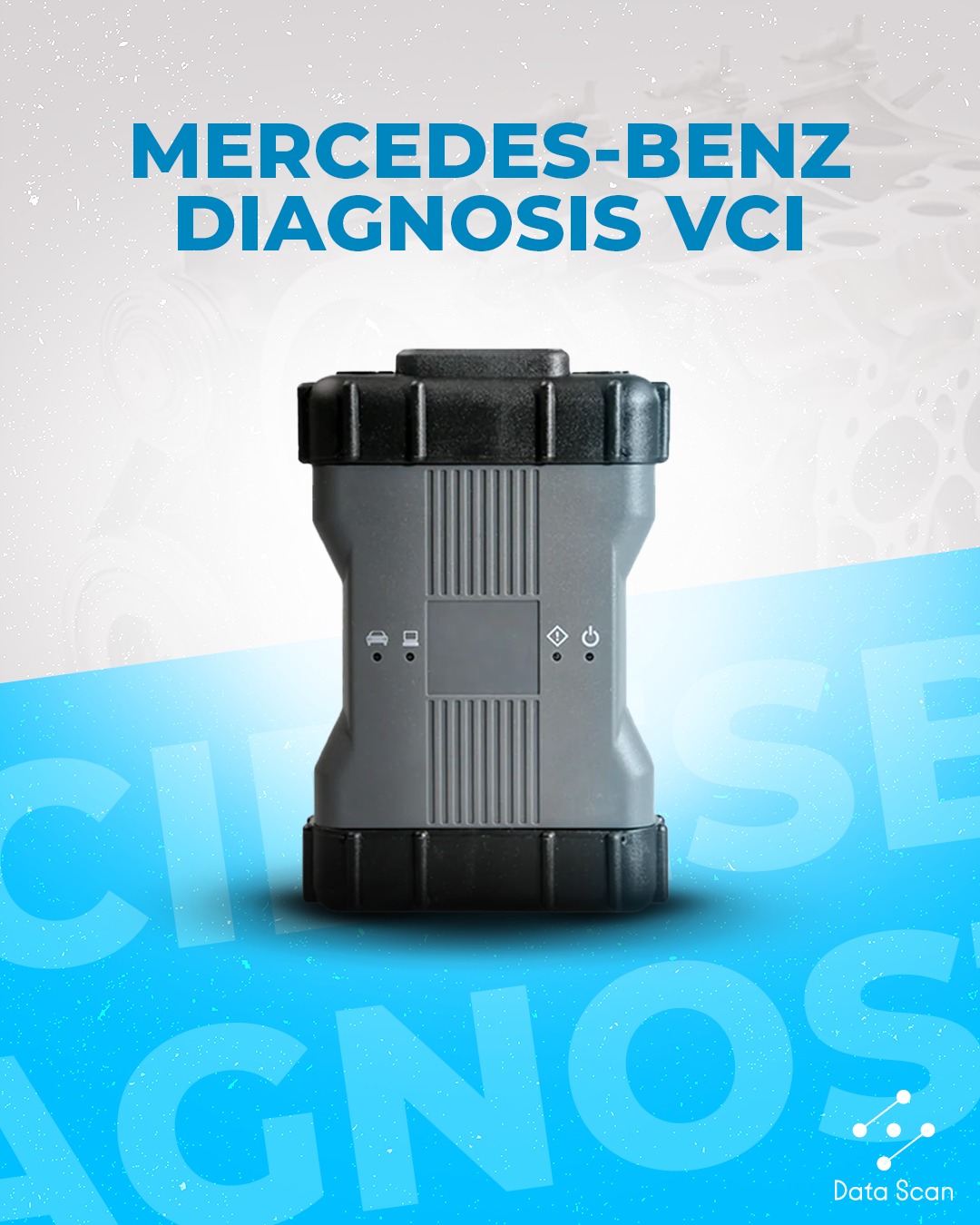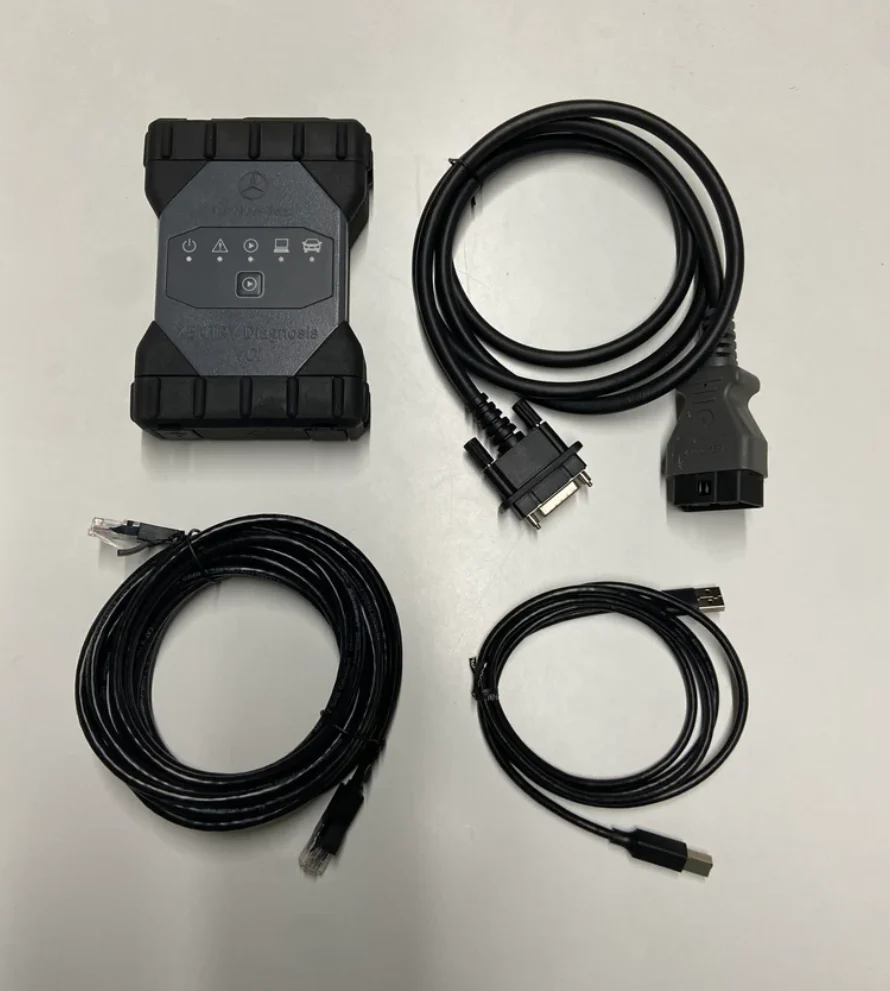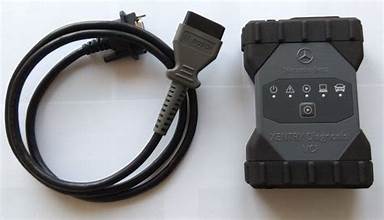Description
The Mercedes-Benz Diagnosis VCI (Vehicle Communication Interface) is a diagnostic tool used to communicate with and diagnose the electronic systems in Mercedes-Benz vehicles. The VCI is an essential component for service technicians and mechanics, as it allows them to interface with a vehicle’s onboard systems for fault detection, troubleshooting, and programming.
Here are some key points about the Mercedes-Benz Diagnosis VCI:
- Vehicle Communication: It connects the vehicle to a diagnostic computer or laptop, facilitating communication between the car’s electronic control units (ECUs) and the technician’s device.
- Functionality: The VCI is used to perform various diagnostic tasks, such as:
- Reading and clearing fault codes
- Accessing and testing different vehicle systems (engine, transmission, ABS, airbag, etc.)
- Programming ECUs or resetting adaptations
- Real-time data reading (e.g., sensor values, actuator operation)
- Tool Compatibility: The VCI is compatible with diagnostic software like Xentry Diagnostics, which is used specifically for Mercedes-Benz vehicles. Xentry provides access to a wide range of service functions.
- Connectivity: The VCI connects to the vehicle via the OBD-II port (On-Board Diagnostics) or, in some cases, proprietary connectors specific to Mercedes-Benz. Communication between the VCI and the vehicle is typically achieved through Bluetooth or a wired connection.
- Advanced Functions: It supports advanced diagnostics, including system programming, ECU calibration, and firmware updates, which are important for repairs or upgrades.
- Use in Workshops: The VCI is primarily used in authorized Mercedes-Benz service centers, repair shops, and by independent mechanics who have access to the necessary diagnostic software




Reviews
There are no reviews yet.